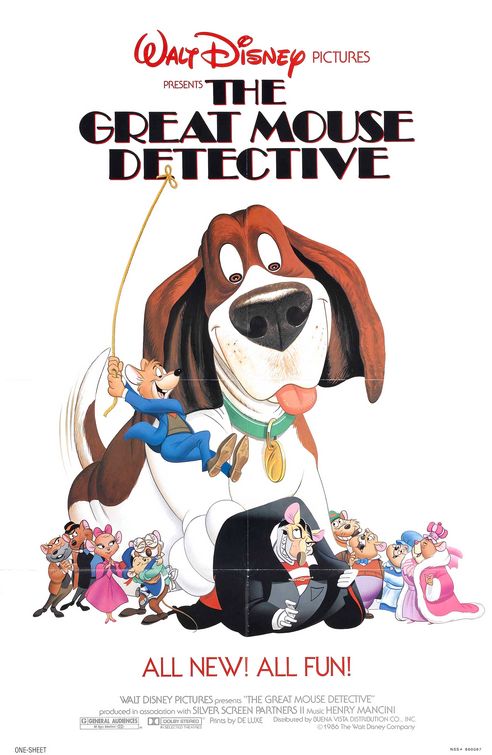
By Kayla DeKraker
If you’ve been on social media at all, you’ve likely come across a creator who shared about their newly discovered neurodivergence, whether clinically or self-diagnosed, and there’s a reason for that.
Because acceptance of mental struggles has grown, more people are open to exploring possible diagnoses, including autism and ADHD.
“There’s a lot more tolerance, which is good — particularly among my children’s generation, who are late teens and early adults, where people are very happy to say, ‘I’m dyslexic,’ ‘I’m ADHD,’” Francesca Happé, a neuroscientist at King’s College London, told Relevant Magazine.
Related: How THE CHOSEN Promotes Autism Awareness
Between 1997 and 2016, the prevalence of ADHD in the entire US population rose from 6.1% to 10.2%. A 2019 study found a 123% increase in ADHD among adults between 2007 and 2016, Today Online reported.
Autism spectrum disorder is defined as “a complex developmental condition involving persistent challenges with social communication, restricted interests and repetitive behavior.”
In the last decade, autism rates have increased dramatically. One study found that between 2011 and 2022, autism diagnoses increased by over 175%. Interestingly enough, most new diagnoses occurred from 2020-2021, during the height of the pandemic.
But those numbers could be higher as people relate to and self-diagnose themselves with neurodivergent conditions because conversation about them has increased. Happé explained, “An increasing number of people are choosing to self-identify [as neurodivergent] without seeking a diagnosis.”
But self-diagnosing calls into question the definition of a neurodivergent diagnosis.
“That is going to change things,” Happé explained. “Because we may well already be at a point where there are more neurodivergent self-identified people than neurotypical people. Once you take autism, ADHD, dyslexia, dyspraxia and all the other ways that you can developmentally be different from the typical, you actually don’t get many typical people left. That is going to change society, but not in a bad way.”
While the cause for rising rates of neurodiversity is unknown, it could possibly be due to a growing acceptance of these conditions.
“Most of the science around conditions like ADHD and autism suggests they are on a continuum and where you put the boundary is a clinical judgment,” Happé said. “But whether we have now come too far down the dimension to something we would have called a personality type — or a bit of eccentricity — and we are now giving that a medical term, whether that’s helpful or not is a discussion we need to have.”
Relevant explained that many people claiming to have a neurodivergent condition online don’t actually meet the diagnostic criteria, but what they are gaining is community and support from people experiencing similar symptoms.
Galatians 6:2 says, “Bear one another’s burdens, and so fulfill the law of Christ.” Regardless of whether medically diagnosed or not, people are becoming more aware of others struggles, and that is a good thing.
Read Next: ‘Biggest Blessing’: Rapper Celebrates Son With Autism, Down Syndrome
Questions or comments? Please write to us here.


 - Content:
- Content: 

